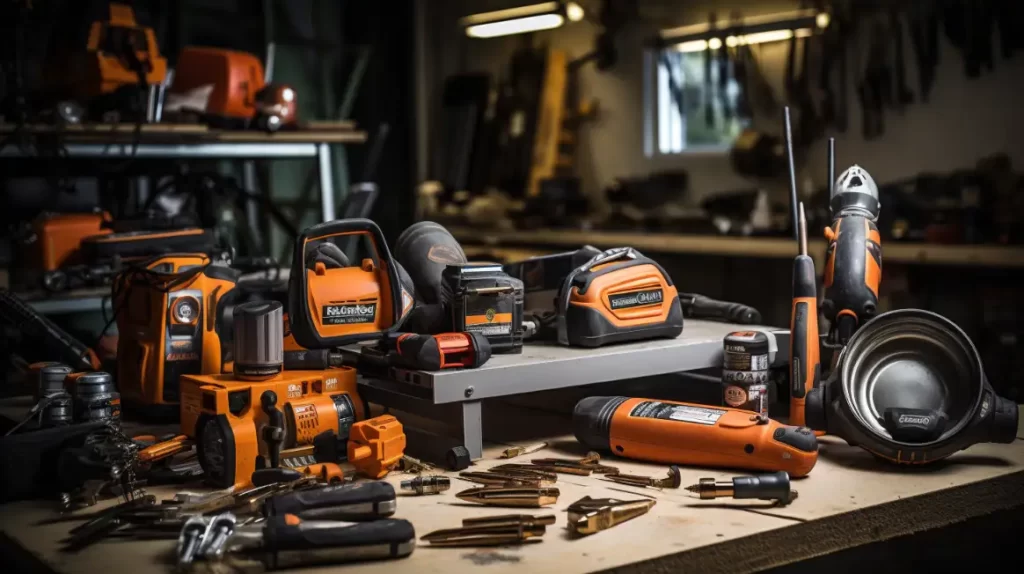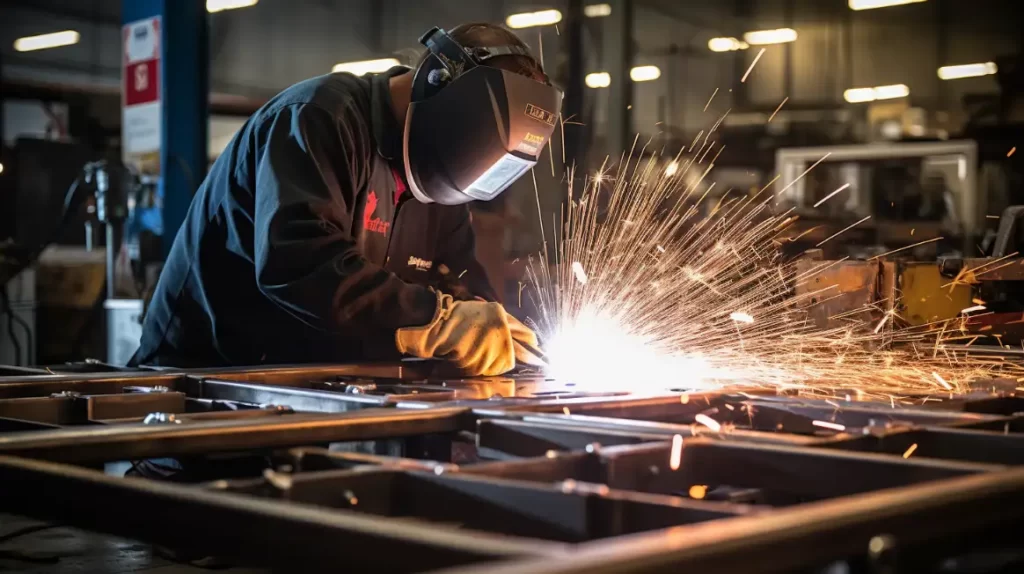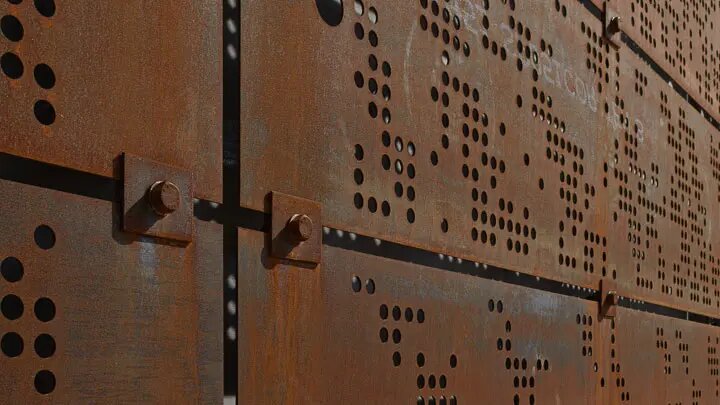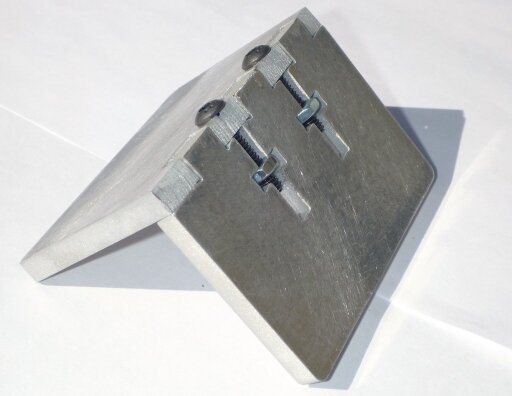Many companies face the same challenge: they need welded sheet metal parts but aren’t sure which welding process to choose. Each method serves a different purpose. This guide breaks it down so you can make better decisions and avoid common welding issues.
Sheet metal welding joins thin metal sheets by melting and fusing them. Standard methods include TIG, MIG, spot welding, and laser welding. Each method has its pros and fits different needs. Choosing the right one depends on material type, thickness, appearance needs, and production scale.
Want clean welds, fewer problems, and faster production? It’s worth knowing how each method works and what distinguishes them.
What Is Sheet Metal Welding?
Sheet metal welding involves joining thin metal sheets, usually under 6 mm thick. Heat is applied to melt the metal edges. When the metal cools, it forms a solid joint. The process may use filler material or base metal, depending on the method.
Different welding types work better with other materials. The most common are stainless steel, aluminum, and mild steel. Each reacts differently to heat and needs a different approach.
Welding creates high heat at the joint, melting the metal edges. In some cases, a filler wire or rod is added to strengthen the joint. The molten metal then cools and becomes solid again, creating a strong bond between the parts.
The process may use gas, electricity, or lasers to produce heat. Welding must be controlled carefully. Too much heat can damage the metal or cause the joint to fail.
The heat-affected zone (HAZ) is the area of the base metal that has not melted but has experienced changes in its properties due to the heat of welding. These changes can affect the metal’s strength, hardness, and corrosion resistance.
Types of Sheet Metal Welding Techniques
Each welding method has its features. Some are better for speed, others for precision. Choosing the right one depends on your material, part shape, and production needs.
MIG Welding
MIG (Metal Inert Gas) welding uses a wire that feeds through a gun. The wire melts and fills the joint. A shielding gas protects the weld from air.
MIG welding is fast and easy to automate. It works well for thick and thin metals and is often used in automotive and general fabrication. The main drawback is that it can create more spatter and may need more cleanup.
TIG Welding
TIG (Tungsten Inert Gas) welding uses a tungsten electrode to produce the arc. The operator controls a separate filler rod by hand. A shielding gas protects the weld zone.
TIG produces clean, precise welds. It’s ideal for thin metals and visible welds, such as stainless steel or aluminum parts. Although it’s slower and requires more skill, it provides excellent control.
Spot Welding
Spot welding joins metal sheets using pressure and electric current. Electrodes press the sheets together and send a short burst of current, melting and fusing the metal in one spot.
Spot welding is fast and used extensively in mass production. It’s used in car panels and appliances. Spot welding works best for thin, overlapping sheets. It’s not suitable for thick metal or complex joints.
Laser Welding
Laser welding uses a focused beam of light to melt the metal. It’s exact and fast, and robots or CNC machines can control the beam.
This method makes clean, narrow welds with a small heat-affected zone. It’s used in electronics, medical parts, and high-end applications. However, it requires expensive equipment and tight setup control.
Plasma Arc Welding
Plasma arc welding is like TIG but uses a more minor, focused arc. It creates deeper welds and can be used on thicker materials.
It’s precise and consistent but more costly. It’s used in aerospace and high-spec manufacturing. The setup is complex, and operators need training.
Gas Welding
Gas welding is one of the oldest welding methods. It uses a flame from burning gas (like acetylene) to melt the metal.
It’s mainly used for simple jobs and repairs. It’s portable and doesn’t need electricity. However, it’s not ideal for modern sheet metal work, as it offers less control and can overheat thin sheets.
Resistance Seam Welding
This method is like spot welding but forms a continuous weld. The electrodes roll along the metal edges, applying pressure and current.
It’s suitable for making sealed joints in tanks or tubes. It’s fast and works well for long, straight welds. It’s not suited for complex shapes or thick parts.

Choosing the Right Welding Method
Not all welding methods work the same way. Your choice should match the metal, part shape, and production goal. Below are key factors to help you decide.
Material Type and Thickness
Different metals behave differently under heat. Stainless steel needs precise control. Aluminum conducts heat fast and may need special shielding gas. Mild steel is easier to weld.
Thicker materials need deeper penetration. Low-heat methods like TIG or spot welding work better for thin sheets. Using the wrong technique can warp or burn through the metal.
Strength and Appearance Requirements
Some parts need to hold heavy loads, while others need to look clean for end use. TIG welding gives clean, neat welds for visible surfaces. With the right setup, MIG and laser welding can also give smooth results.
If strength matters most, joint type and filler choice also play a role. Some methods form deeper bonds, while others focus on surface joining.
Production Volume and Cost Considerations
Fast methods like MIG, spot, or laser welding benefit high-volume production. These can be automated and scaled easily. TIG takes longer, so it’s better for low-volume or high-end parts.
Cost also depends on equipment, labor, and cleanup. Cheaper setups may cost more in rework or slower speed. Choose based on your total process needs, not just the tool cost.
Accessibility and Joint Configuration
Some joints are easy to reach, while others are tight, curved, or hidden. Laser or TIG welding offers better control in narrow areas. Spot welding needs good surface contact, so it’s best for flat overlapping parts.
If the joint is complex to reach, the method must allow for precise positioning. The tool should match the design, not the other way around.
Materials Commonly Welded
Different sheet metals react differently to heat. Knowing the material helps you choose the correct welding method and settings. Below are the most common ones used in sheet metal fabrication.
Carbon Steel
Carbon steel is easy to weld. It handles heat well and works with most welding methods, including MIG and TIG. It’s strong, affordable, and widely used in frames, brackets, and enclosures.
Low-carbon steel is softer and easier to weld. High-carbon steel is harder but can crack if not welded with care. Preheating and proper filler metal help reduce this risk.
Stainless Steel
Stainless steel is more heat-sensitive than carbon steel. It tends to warp and lose corrosion resistance if overheated. TIG welding is often used for thin stainless steel because it gives better control.
You need clean surfaces and good shielding gas. MIG also works well for thicker sections. Avoid overheating to keep the material’s appearance and strength.
Aluminum
Aluminum conducts heat very fast, making it harder to weld without burning through. It also forms an oxide layer that must be cleaned before welding.
TIG and MIG work, but they need special filler and shielding gas. Aluminum needs higher skill and better control than steel. Laser welding is also an option for thin aluminum parts.
Galvanized Sheet Metal
Galvanized steel is coated with zinc to prevent rust. Welding it releases toxic zinc fumes, so proper ventilation is a must.
The coating also affects weld quality. You may need to grind off the zinc near the joint. MIG or spot welding can work, but you’ll need to clean the surface and may face more spatter.

Welding Design and Preparation
Good prep work leads to better welds. Clean parts, precise drawings, and steady setups help reduce errors and improve quality. These steps matter before the arc even starts.
Importance of Clean Edges and Surfaces
Dirty surfaces cause bad welds. Oil, rust, paint, or zinc coatings can lead to weak spots, gas pockets, or poor fusion. Always clean the weld area before starting.
Use a wire brush, grinder, or chemical cleaner to remove dirt. For aluminum, also remove the oxide layer. Clean metal melts better and makes stronger joints.
Welding Symbols and Technical Drawings
Welding symbols tell the welder what type of weld is needed. These symbols are part of technical drawings and include information such as weld type, size, angle, and location. Learning these symbols saves time and avoids confusion.
Common symbols include fillet, groove, and plug welds. They may also show weld size, length, or number of passes. Reading these symbols correctly is key to doing the job right.
Proper Fixturing and Clamping Techniques
Parts must stay still during welding. Even a slight shift can cause poor fit or misalignment. Fixtures and clamps help keep everything in place.
Use clamps that don’t block the weld path. Custom fixtures save time for repeat jobs. Good fixturing also reduces heat distortion by holding parts tightly as they cool.
Welding Parameters and Control
Welding isn’t just about technique. The settings matter just as much. Controlling these factors helps produce cleaner, stronger welds with less distortion.
Controlling Heat Input
Too much heat can warp the sheet or damage nearby areas, while too little heat can lead to weak joints. The heat input must match the material type and thickness.
Use lower heat for thin sheets. Use a pulsed arc or faster speed to reduce burn-through. Always balance penetration with control.
Managing Weld Speed
Weld too slow, and you overheat the part. Weld too fast, and you don’t get complete fusion. The goal is a steady, even speed that melts the joint without excess heat.
Use test welds to dial in the right travel speed. Watch the weld bead. A consistent bead usually means a reasonable speed.
Shielding Gas Selection
Shielding gas keeps air away from the weld pool. The type of gas affects arc stability and weld quality.
For MIG welding, use Argon-CO₂ mixes for steel. Use pure Argon for aluminum. TIG welding often uses pure Argon for most metals. The right gas improves the appearance and reduces spatter.
Electrode Type and Size
The electrode must match the job. In MIG, the wire is the electrode; in TIG, it’s a tungsten rod. The size affects arc control and weld depth.
Use small-diameter electrodes for thin metal and larger ones for thicker parts. Choose the type based on your metal—steel, stainless, or aluminum each need different wire or rods.

Defects in Sheet Metal Welding
Welding defects can weaken parts, require rework, or cause failure in use. Knowing what to look for helps prevent problems before they start.
Common Welding Defects
Welding defects come in many forms. Some affect strength, and others affect looks or cause leaks. Below are the most common types found in sheet metal welding.
Porosity
Porosity means gas pockets trapped in the weld. It weakens the joint and can lead to leaks. It usually happens when shielding gas fails, or the metal is dirty.
To prevent it, keep surfaces clean and use the proper gas flow. Avoid moisture or oils on the material.
Cracks
Cracks may form during or after welding. They usually appear in the heat-affected zone or weld bead. Cracks make the weld unsafe and must be fixed.
They are often caused by too much heat, poor joint design, or wrong filler metal. Preheating and proper cooling can help reduce the risk.
Undercut
Undercut is a groove melted into the base metal along the weld. It weakens the joint and may cause failure under load.
It’s often caused by high heat or a fast travel speed. To avoid it, use proper technique and filler amount.
Incomplete Fusion
This means the weld metal didn’t fully bond with the base metal. It can happen at the root or sides of the joint. It lowers strength and may lead to early failure.
It happens when heat is too low, speed is too fast, or surfaces aren’t clean. Fixing your process usually solves it.
Causes and Prevention
Most welding defects come from poor setup, wrong parameters, or dirty materials. To prevent them:
- Clean all surfaces before welding
- Use the right filler, gas, and method
- Check your heat settings and travel speed
- Train operators and use test welds when needed
Spot checks and visual inspection help catch issues early before they affect the whole batch.
Post-Welding Processes
Welding is just one step. After the weld, the part often needs more work to meet the final shape, look, or function. These steps improve both quality and appearance.
Grinding and Smoothing
Welds often leave rough edges or raised beads. Grinding removes excess metal and smooths the surface. This helps with painting, coating, or fitting other parts.
Use flap discs or grinding wheels for larger areas. Use hand tools or small grinders for tight spots. Always check that you don’t grind away too much, which can weaken the joint.
Surface Treatment and Finishing
After grinding, the surface may need extra treatment. This can include polishing, sandblasting, or applying protective coatings. The goal is to improve appearance and prevent rust or wear.
Passivation removes heat tint and improves corrosion resistance in stainless steel. Anodizing adds a hard, durable layer of aluminum. Powder coating or painting protects the surface in carbon steel.
Welding Stress Relief
Welding causes heat stress, which can lead to warping or cracks over time. Stress relief reduces these risks.
Some parts need post-weld heat treatment. This involves heating the part slowly and letting it cool. Mechanical methods like vibration or peening are also used at other times.
Stress relief is more common in thick or high-stress parts. It helps parts stay stable and perform better over time.
Conclusion
Sheet metal welding joins thin metal parts using heat or pressure. Each method—MIG, TIG, laser, spot, and more—has its best use. The choice depends on material type, thickness, joint design, and production needs.
Need help with your next sheet metal welding project? We provide reliable, high-quality welding services tailored to your design and production needs. Contact us today to get a quote or technical support.
Hey, I'm Kevin Lee

For the past 10 years, I’ve been immersed in various forms of sheet metal fabrication, sharing cool insights here from my experiences across diverse workshops.
Get in touch

Kevin Lee
I have over ten years of professional experience in sheet metal fabrication, specializing in laser cutting, bending, welding, and surface treatment techniques. As the Technical Director at Shengen, I am committed to solving complex manufacturing challenges and driving innovation and quality in each project.




